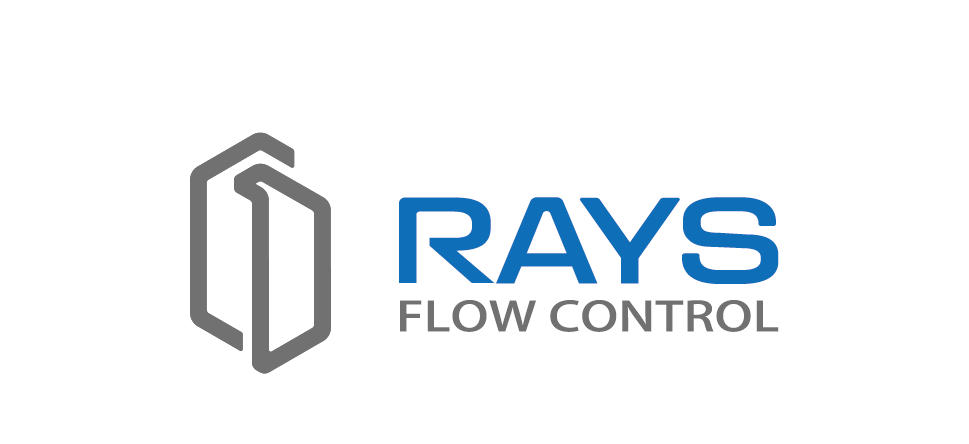Introduction
In order to improve the control of volatile organic compounds (VOCs Control), RAYS has launched a full range of Fugitive Emission low-leakage Gate valves, Ball valves, Globe valves, and Butterfly valves that meet API 624 and API 641 standards, also can be ISO 15848, TA-LUFT, MESC SPEC 77-312.
Fugitive Emission Low Leakage Valves
Fugitive emissions are gas or vapor emissions from pressurized equipment that result from faulty equipment, leakage or other unforeseen events.
The majority of these emissions come from industrial settings such as factories, power plants, oil refineries and chemical plants.
Due to a large number of potential leak sources in these facilities and the difficulty in detecting and repairing them, these fugitive emissions can have significant consequences, including:
- Economic costs related to lost commodities.
- Environmental damage such as air pollution and the greenhouse effect.
- Long-term health risks to workers and local communities in close civic proximity of industrial facilities as a result of exposure to hazardous materials and volatile organic compounds (VOCs) such as benzene.
- Higher risk of fire and explosion in explosive environments where large amounts of flammable materials are contained under pressure.
RAYS is focusing on two main standards that measure the emission levels of valves and packing products – API 641 and ISO 158481-1:2015 – and describing how RAYS valves are tested and certified to meet these standards, like Trunnion Ball Valve, Double Block and Bleed Ball Valve, Cryogenic Ball Valve, and Orbit Ball Valve, API 600 Gate Valve.
API 641
‘Type Testing of Quarter-Turn Valves for Fugitive Emissions’
The API 641 standard is specifically relevant for quarter-turn valves. This standard applies to all stem seal materials, defines a stringent maximum allowable leakage of 100 parts per million by volume (ppmv), and utilizes methane as a testing medium and EPI Method 21 to measure emissions. It’s important to note that the U.S. Environmental Protection Agency (EPA) only recognizes API 641 emission testing.
This standard calls for 610 mechanical cycles and 4 thermal cycles to evaluate the emission performance over an expected five-year lifespan of a valve. Under the Group A testing standard, the temperature is alternated between ambient temperatures and 260 °C (500 °F), and under the constant pressure of 600 psig. A static emissions measurement is taken before the cycling begins and this is followed by 14 static leakage measurements and seven dynamic leakage measurements during the testing procedure.
The Quarter Turns Valves base on the stem with a quarter turn to open and close, such as DBB Ball Valve, DBB Plug Valve, Triple Offset Butterfly Valve, Cryogenic Ball Valve, and so on.
ISO 15848-1:2015
‘Industrial Valves – Measurement, Test and Qualification Procedures for Fugitive Emissions’
Part 1 of the ISO 15841 standard outlines the testing and qualification procedures for the measuring of leakage from stem/shaft seals and body joints of isolation and control valves intended for application in environments containing volatile air pollutants or hazardous fluids.
According to this standard, a valve must be cycled from 40% open to 60% open, and according to specific ratings for tightness class, endurance class, and temperature class:
- Tightness class – measured using either helium or methane as the test fluid, and defines standards for the maximum allowable leakage at each class rating.
- Endurance class ratings – the number of cycles that a valve has completed while successfully meeting at least the minimum tightness class for allowable leakage.
- Temperature class ratings – for different temperature ranges.
The Industrial Valves include all kinds of valves, such as API 600 Gate Valve, BS 1873 Globe Valve, BS 1868 Check Valve, and API 594 Check Valve, and so on.
And also include the quarter turns valves like Ball Valve and Butterfly Valve
What RAYS can do?
Through sophisticated processing equipment and testing instruments, RAYS strictly controls the surface roughness of the valve stem with a value of 0.4~0.8μm., and the surface roughness of the packing box with a value of 1.6~3.2μm. The selected graphite packing comes from suppliers and product models that have passed API 622 certification.
Each valve is tested by a helium mass spectrometer in the laboratory of the RAYS factor. The external leakage of the valve is less than 100PPMv, and a special nameplate is hung before it can be allowed to leave the factory.
RAYS can also design and customize products according to different fugitive emission standards such as ISO 15848, TA-LUFT, MESC SPEC 77-312 and other standards.
We also welcome third-party inspection companies to the RAYS factory for acceptance. In order to provide protection for the user’s safe & reliable usage, the RAYS factory will issue a quality assurance certificate, a material certificate EN 10204.3.1, a fugitive emission test report, and a calibration certificate of the test instrument to the user
Product Description
Name: Fugitive Emission low-leakage valve
Type: API 600 Gate Valve, API 6D Ball Valve, API 607 Ball Valve, Trunnion Ball Valve, Motorized Ball Valve, Triple Offset Butterfly Valve, Cryogenic Ball Valve, Extended Bonnet Ball Valve, Liquid Nitrogen Ball Valve, and etc.
Specific Type: Double Block and bleed ball valve, Double Isolation and bleed ball valve, DBB ball valve, Rising Stem Ball Valve – Orbit Type Design
Valve Standard: API 6D, API 608, API 607, API 6FA, ASME B16.34, GOST and EN / DIN.
Material: Austenitic Stainless Steel, Forged Steel, and Cast Steel.
Application
All kinds of applications, specific in VOCs control. Also, The cryogenic ball valve is applicable.
For any more information and inquiries, feel free to contact RAYS FLOW CONTROL.
